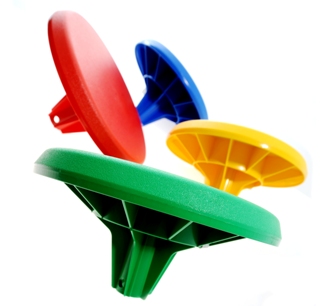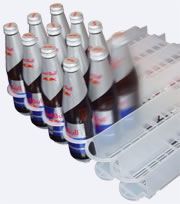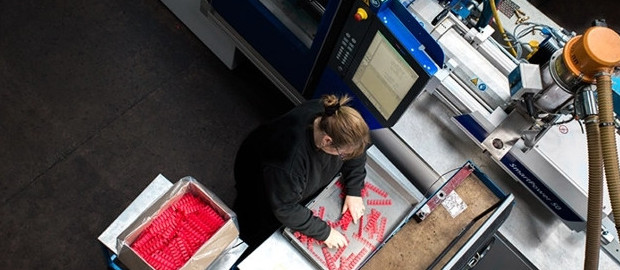PLASTICS ADDITIVES
Please Note: This page is for information purposes only. Rutland Plastics is an Injection Moulder and does not supply plastics additives.
ANTISTATICS
Most plastics have a natural tendency to accumulate static charge. Antistatics can be added to a polymer to lessen this tendency and are typically used to reduce dust attraction in food packaging and display applications. They can also be used for longer termn effects in demanding applications such as flooring.
These additives generally work by migrating to the surface and attracting water molecules from the atmosphere. The moisture then forms a conductive path on the surface.
There are various types of antistatic additive available with choice dependent upon the polymer and the type of application.


IMPACT MODIFIERS
Certain markets demand materials with high impact properties. That is to say, materials able to absorb shocks and resist impact without cracking. However, there is increasing pressure to reduce costs. If the material contains a flame retardant, for example, or cost pressures require the use of recycled materials, then the desired impact properties may not be met.
Impact modifiers compensate for inherent brittleness or embrittlement at sub-zero temperatures, notch sensitivity and crack propogation. They are generally a combination of acrylic and rubber compounds – such as Methacrylate-Butadiene-Styrene (MBS). The rubbery/elastomeric nature of these compounds can help the material to absorb the energy of an impact or dissipate it.
Impact modifiers are particularly relevant for PVC, Polystyrene and Polypropylene and are usually add at the material compounding stage.

LUBRICANTS/SLIP AGENTS
These are added to reduce the surface coefficient of friction of polymers and are used to enhance either processing or end applications.
A good example of slip agents in an end use application is in the shelves found in glass fronted drinks chiller cabinets. These shelves are at an angle which is insufficient for the bottles and cans to readily slide forward when one is removed. The slip agent contained in the moulded part allows the bottles and cans to slide forward. The friction of the bottles and cans also aids migration of further slip agent to the surface of the moulded shelf.
Various types of lubricant are available dependent upon the application but synthetic and natural silica are the most common.









